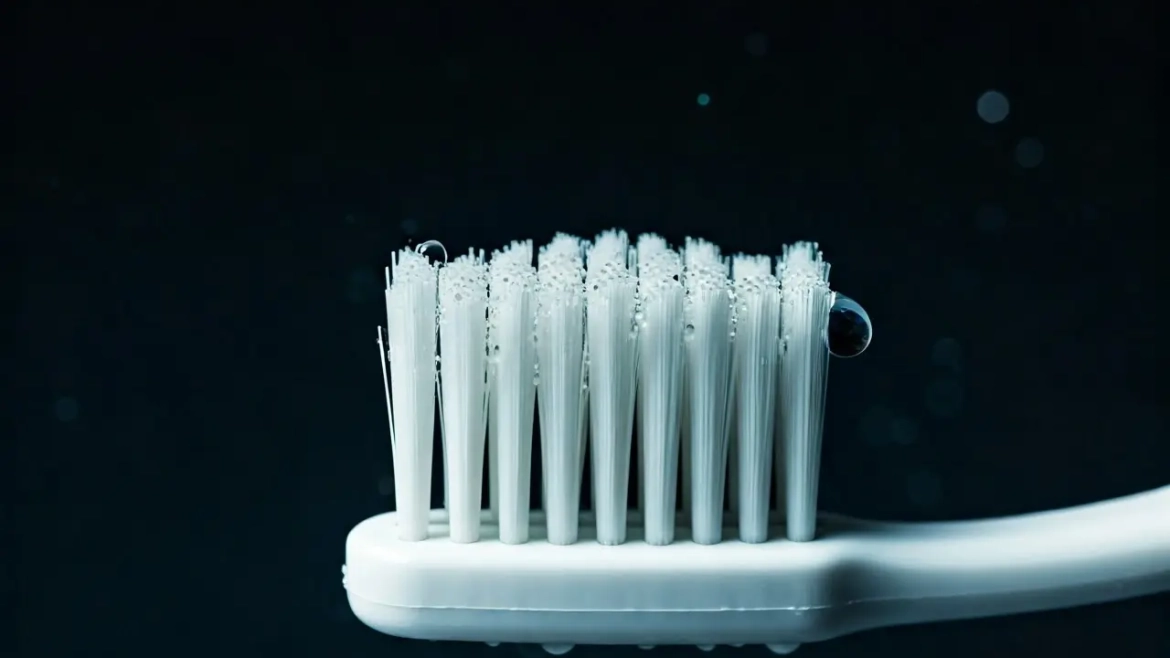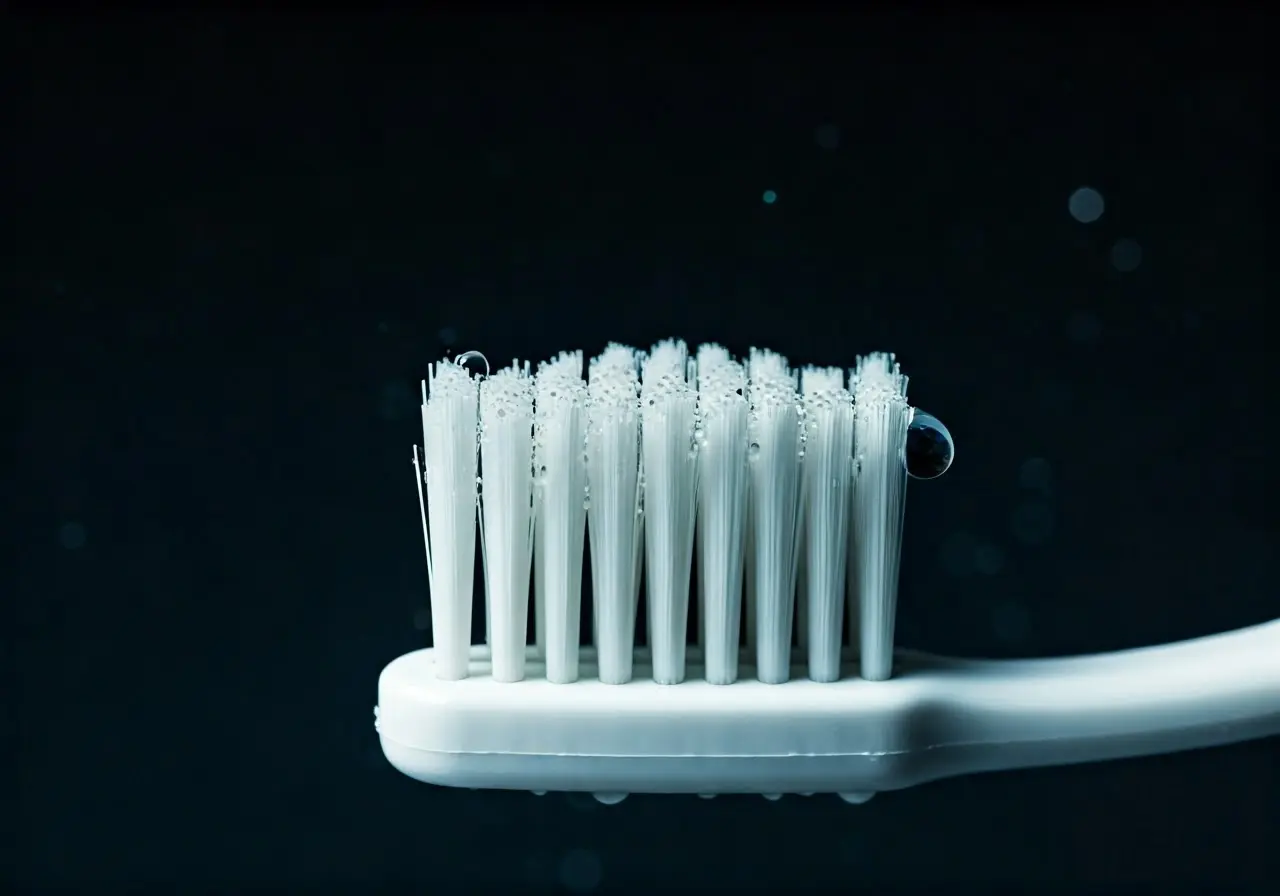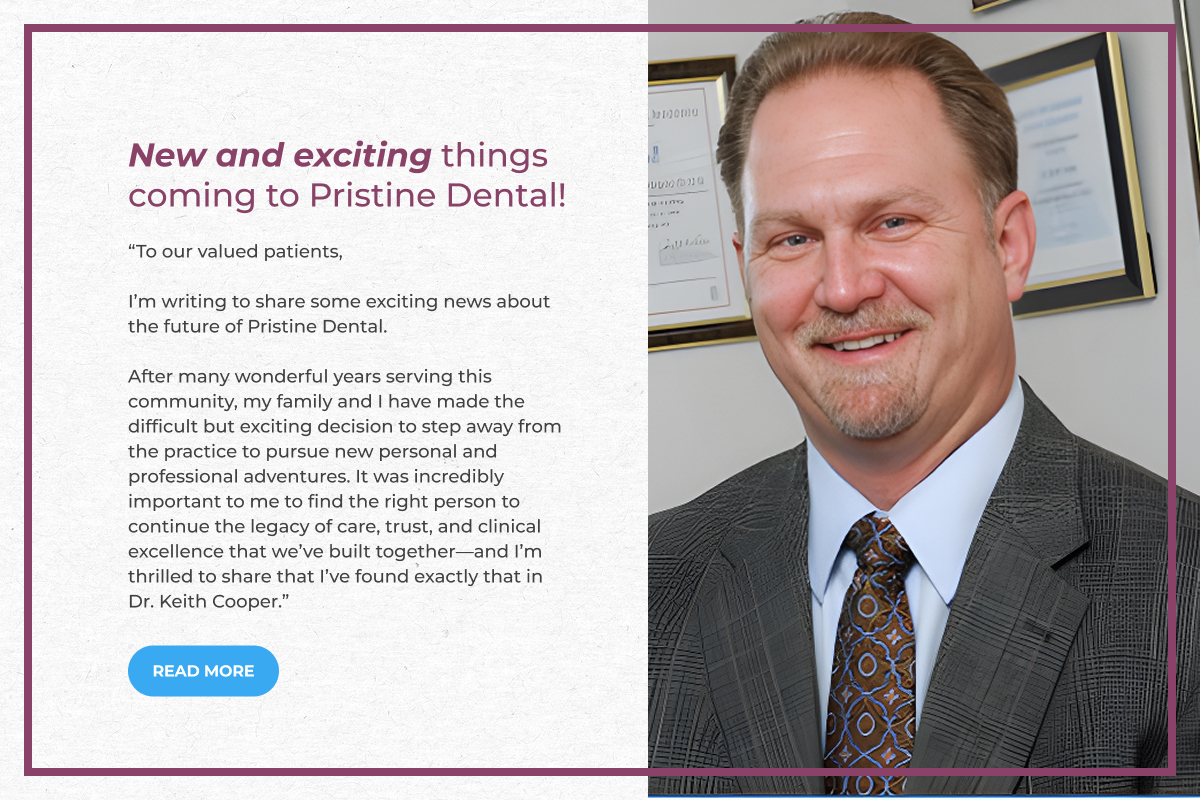Oral health is more than just a sparkling smile; it’s an essential part of your overall health. Scottsdale dentistry experts share their top secrets to maintaining excellent oral health. Whether you’re looking to improve your routine or learn something new, these tips are sure to inspire you.
1. Understanding the Importance of Regular Dental Check-Ups
Regular dental check-ups are more than just an opportunity to clean your teeth. Preventative care can help detect issues early on, saving you time and discomfort in the long run. Routine visits allow your dentist to catch problems such as cavities, gum disease, or even oral cancer at their earliest stages. This proactive approach is crucial because, as the saying goes, ‘an ounce of prevention is worth a pound of cure.’ If you’re uncertain about how often you should visit, the rule of thumb is every six months, though some may need more frequent visits based on their individual health needs.
Beyond cleaning and maintenance, these appointments also offer a chance for professional advice tailored to your needs. Your dentist can guide you on brushing and flossing techniques, dietary choices, and other habits to adopt or avoid for optimal oral health. If you’re considering cosmetic procedures or orthodontics, regular visits are the perfect time to discuss options and outcomes. These appointments don’t just benefit your teeth but your overall well-being, reinforcing the significance of expert guidance in maintaining holistic health.
2. Mastering Proper Brushing Techniques
Brushing your teeth may seem straightforward, but perfecting your technique can make a world of difference. Scottsdale experts emphasize not only the frequency of brushing but the need for precision and care in every stroke. Use a soft-bristled toothbrush, and remember to swap it for a new one every three months. Hold your brush at a 45-degree angle to your gums and make small, circular motions across every tooth surface. This method efficiently removes plaque without damaging your gums.
Timing is also crucial. Jetting through your routine isn’t effective; aim for two full minutes of brushing. Incorporating a timer or an electric toothbrush with a built-in timer can help maintain consistency. Additionally, don’t forget your tongue! It harbors bacteria that can lead to bad breath and other oral issues, so giving it a gentle scrub every day is vital. If you’re unsure about your technique, consider asking your dentist for a demonstration during your next visit.
3. Flossing: The Unsung Hero of Oral Care
Let’s face it—flossing doesn’t have the glamour of brushing, and yet its impact is equally significant. It reaches areas between teeth and along the gumline where conventional brushes can’t, effectively removing food particles and preventing plaque buildup. Starting with about 18 inches of floss, the method involves wrapping most of it around each middle finger, leaving about an inch or two to work with. Be gentle as you guide the floss between teeth, curving it around each tooth to clean below the gumline without snapping or forcing.
If traditional floss feels cumbersome, don’t fret; modern alternatives like floss picks or water flossers can simplify the task while providing equal benefit. Daily flossing not only prevents decay but also acts as a barrier against gum disease, a leading cause of tooth loss and decay. As you incorporate flossing into your daily regimen, envision it as a protective shield, reinforcing your efforts to maintain a pristine and healthy smile.
4. The Role of a Balanced Diet in Oral Health
Food is fuel, and what you feed your body directly affects your mouth. Comprehensive oral health hinges on a balanced, nutritious diet rich in essential vitamins and minerals. Calcium, found in dairy products, leafy greens, and almonds, is vital for strong teeth. Phosphorus, another key mineral present in meats and nuts, complements calcium in fortifying enamel. Meanwhile, crunchy fruits and vegetables like apples and carrots stimulate saliva flow, naturally washing away bacteria and particles.
On the flip side, some foods can wreak havoc on oral health. Sugary snacks and carbonated beverages are notorious for feeding harmful bacteria and eroding enamel. Acidity in citrus fruits can also wear down enamel over time — moderation is key. Incorporating a variety of vegetables, reducing sugar intake, and opting for water instead of soda can collectively transform your oral ecosystem. A healthy diet naturally aligns with good dental care, ultimately creating a resilient foundation for your teeth and gums.
5. Why Hydration Matters for Your Teeth
Hydration plays a pivotal role in keeping your entire body functioning at its best, and your mouth is no exception. Saliva, which is largely water, acts as the mouth’s first line of defense against decay. It washes away food particles and neutralizes the acids produced by bacteria, thus protecting tooth enamel. Staying hydrated ensures a sufficient production of saliva, maintaining this natural cleansing process.
Water also naturally cleanses, dilutes sugars and acids found in various foods and drinks. Every time you sip water, you’re performing a miniature rinse, clearing your mouth of residual sugars and particles that could invite decay. Furthermore, most drinking water is fluoridated, offering added protection against cavities. By choosing water as your drink of choice throughout the day, you’re making a zero-calorie, dentist-approved choice for your oral and overall health.
6. Unveiling the Power of Mouthwash
Mouthwash often plays second fiddle in oral care discussions, yet its benefits are undeniable when used correctly. It offers added protection by reaching hard-to-brush areas and freshening breath. Selecting the right type of mouthwash is essential: some target plaque and gingivitis, while others offer fluoride to strengthen enamel. Understanding your specific dental needs can help tailor the efficacy of mouthwash use.
Using mouthwash is a straightforward process, but it’s crucial to follow the instructions for optimal results. Typically, a swish lasting around 30 seconds post-brushing and flossing complements your regimen by providing an extra layer of defense against cavities and gum issues. However, it’s not a substitute for brushing and flossing. As a supplement, it rounds out an otherwise good oral hygiene routine by contributing to a fresher, healthier mouth.
7. Debunking Common Oral Health Myths
Oral health advice can sometimes be tangled with myths and misconceptions that lead you away from effective care. One prevalent myth is the harder you brush, the cleaner your teeth will be. In reality, aggressive brushing damages gums and can accelerate enamel wear, leading to sensitivity and receding gums. It’s the gentle, precise motions that are most effective for cleaning without harm.
Another common misconception is that sugar-free gum can replace brushing after meals. While gum stimulates saliva production and can help neutralize acid, it doesn’t replace brushing or flossing. Finally, many believe flossing is only necessary when food gets stuck, but it’s essential daily to remove hard-to-reach plaque. Debunking these myths is vital for adopting an informed, effective oral care routine.
8. The Impact of Smoking on Your Oral Health
The negative impact of smoking on oral health is profound, yet it’s a topic often overlooked by those lighting up. The immediate effects, such as bad breath and stained teeth, are visible reminders of tobacco use. However, the underlying consequences, like increased risk of gum disease and oral cancer, pose significant threats to long-term health, both oral and general.
For smokers, understanding these risks can be a pivotal first step toward quitting. Tobacco impairs blood flow to the gums, hindering healing and making gum disease more prevalent and severe. Additionally, it weakens the body’s immune response, making it harder to ward off infections. By quitting, you improve your body’s ability to heal and preserve healthy oral tissues. It’s never too late to see improvements. Statistics show that within weeks of quitting, the body’s healing capabilities improve markedly, benefiting both dental health and overall wellness.
9. Keeping Teeth Healthy During Orthodontic Treatments
Orthodontic treatments, while transformative, pose unique challenges for maintaining oral hygiene. Brackets and wires on braces create more surfaces for plaque to accumulate, demanding meticulous care. A soft-bristled toothbrush and specialized orthodontic instruments such as interdental brushes can help clean difficult areas efficiently.
Diet modifications are equally important to prevent damage to the hardware and teeth. Avoiding sticky, hard, and sugary snacks reduces the risk of breaking brackets and helps in maintaining cleanliness. For those using clear aligners, the regimen requires cleaning both teeth and trays to prevent bacteria buildup. Proper maintenance ensures not only a picturesque smile post-treatment but healthier teeth overall.
10. The Connection Between Oral Health and Overall Well-Being
The mouth isn’t an isolated entity — it’s intricately linked to your entire body’s health. Scientists and health practitioners consistently find connections between oral health and systemic conditions such as cardiovascular disease, diabetes, and respiratory illnesses. Inflammation in the mouth can exacerbate problems in other areas, highlighting the need for good oral hygiene.
The gateway theory suggests oral bacteria can influence systemic health by entering the bloodstream, contributing to inflammation and affecting vital organs. Thus, maintaining excellent oral hygiene transcends aesthetic value, playing a foundational role in health and longevity. Optimal oral care is an investment in lifelong wellness and a preventive measure against broader health issues.



